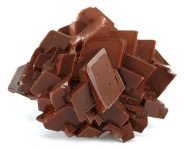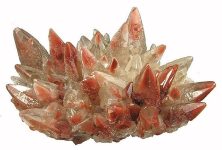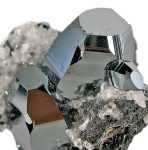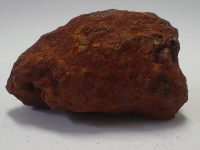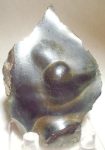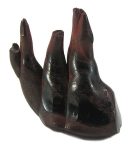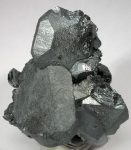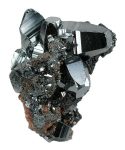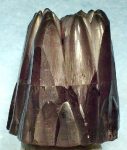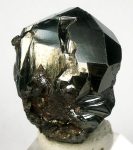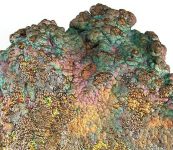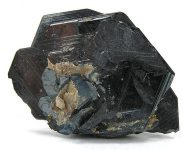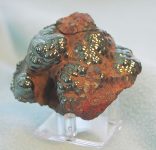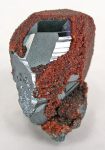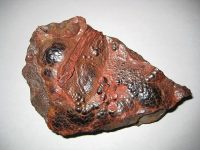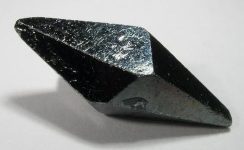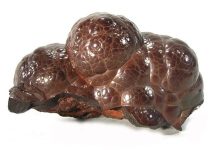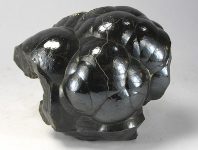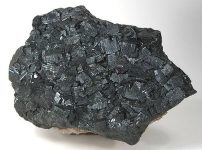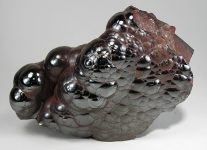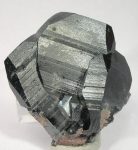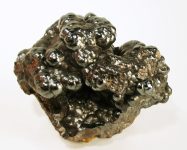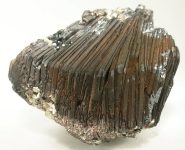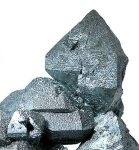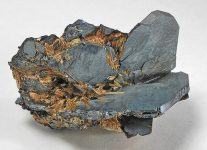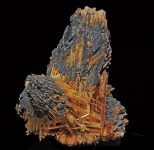Hematite
ABOUT HEMATITE
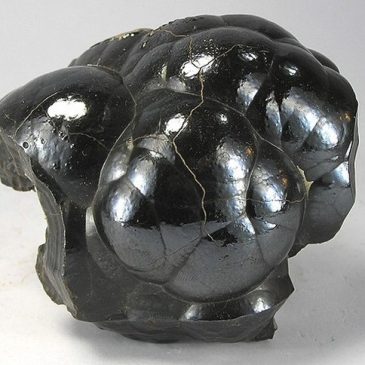
About: Hematite is a metallic mineral known for its distinctive reddish-brown to steel-gray coloration and its significance in various cultural, industrial, and healing contexts. This guide explores hematite’s characteristics, history, sources, uses, and significance.
Mining: Hematite is typically mined through open-pit or underground mining methods. The ore is extracted, crushed, and processed to remove impurities and concentrate the iron content.
Processing: Extracted hematite ore is processed into iron ore pellets, fines, or lump ore for use in steel production. It may also be processed into powdered form for use as a pigment or other industrial applications.
CHARACTERISTICS
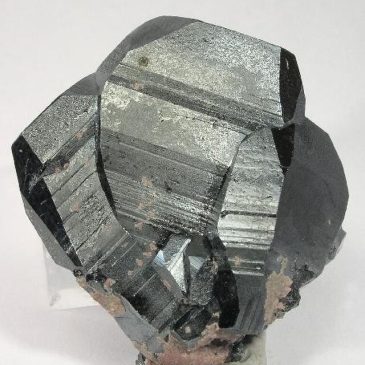
Color: Hematite typically exhibits a metallic luster and ranges in color from reddish-brown to silver-gray. The red coloration is due to oxidized iron within its crystal structure.
Chemical Composition: Hematite has the chemical formula Fe₂O₃, where iron (Fe) is bonded with oxygen (O).
Density: Hematite has a density of about 5.26 g/cm³, making it relatively dense compared to other minerals.
Crystal Structure: Hematite crystallizes in the trigonal system, forming tabular crystals and botryoidal (rounded, grape-like) masses. It can also occur as reniform (kidney-shaped) aggregates and in thin, micaceous layers.
Luster: Hematite exhibits a metallic luster when polished and a dull to earthy luster in its natural state.
Hardness: Hematite has a Mohs hardness of 5.5-6.5, which is moderately hard.
Transparency: Hematite is typically opaque, although thin splinters or crystals can be translucent.
HISTORY AND LORE
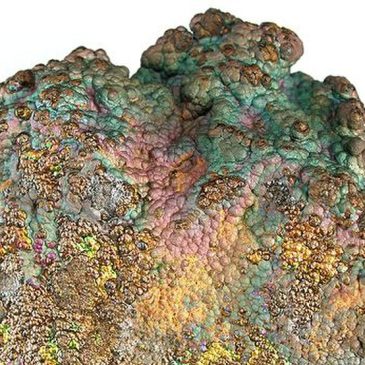
Ancient Use: Hematite has been used since ancient times for decorative and ceremonial purposes. It was carved into amulets, beads, and talismans by ancient civilizations such as the Egyptians and Greeks.
Middle Ages: During the Middle Ages, hematite was ground into a fine powder and used as a pigment known as “red ochre” in cave paintings, pottery, and early forms of art.
Modern Era: Today, hematite continues to be valued for its metallic sheen and is used in jewelry, crafts, industrial applications, and as a healing stone.
SOURCES
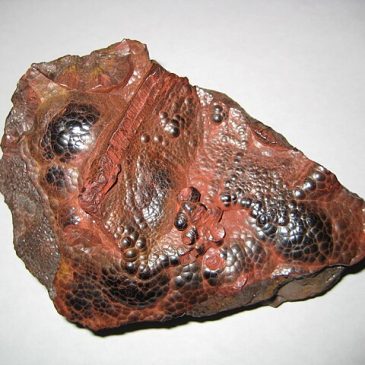
Geographical Locations: Major hematite deposits are found in countries such as Brazil, Australia, China, India, Russia, South Africa, and the United States (particularly Michigan and Minnesota).
Geological Formation: Hematite forms in sedimentary, metamorphic, and igneous rocks under a range of conditions. It often occurs in environments where iron-rich minerals undergo oxidation.
USES
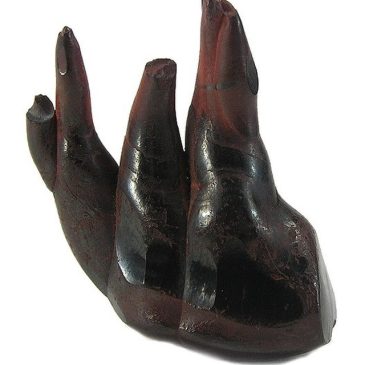
Jewelry: Hematite is popular in jewelry due to its metallic luster and versatility. It is often polished and used in beads, bracelets, necklaces, and rings. Magnetic hematite, a synthetic form, is also used in magnetic jewelry.
Industrial Applications: Hematite is a major ore of iron and is used in the production of iron and steel. It is also used as a pigment in paints, coatings, and dyes due to its red color.
Healing Properties: In metaphysical and alternative medicine practices, hematite is believed to have grounding and protective properties. It is used to enhance energy, promote balance, and alleviate stress.
METAPHYSICAL PROPERTIES
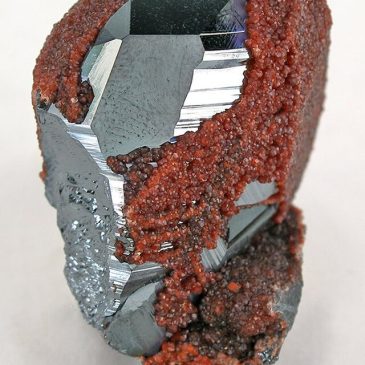
Symbol of Strength: Hematite symbolizes strength, resilience, and grounding. It is associated with stability and protection, both physically and spiritually.
Historical Significance: The historical use of hematite in ancient rituals and art underscores its cultural importance as a symbol of power and vitality.
